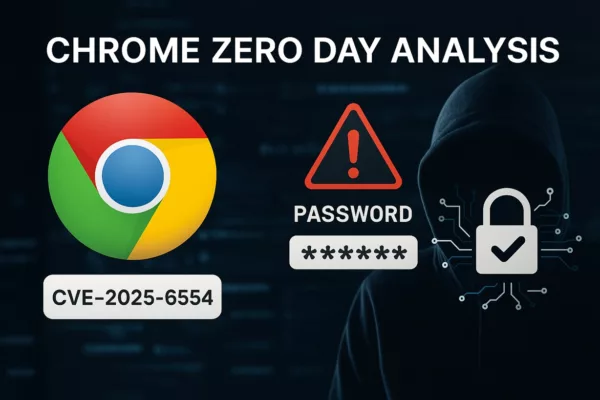EU Sanctions Cryptocurrency Regulation: A Comprehensive Overview The EU is stepping up its regulatory game to combat economic sanction evasion, focusing sharply on the cryptocurrency sector. This move aims to unify sanction application practices across member states and enhance digital financial transaction traceability. New EU Sanctions Cryptocurrency: A Global Context Amid rising geopolitical tensions, the […]
Stay informed!
Join our community of technology enthusiasts! Subscribe to our newsletter and receive exclusive updates on the latest news, special offers, and tips from Freemindtronic. Stay informed on the latest technology trends, discover new products, and be among the first to take advantage of them. Sign up now by entering your email address below. Don't miss any updates from Freemindtronic!









